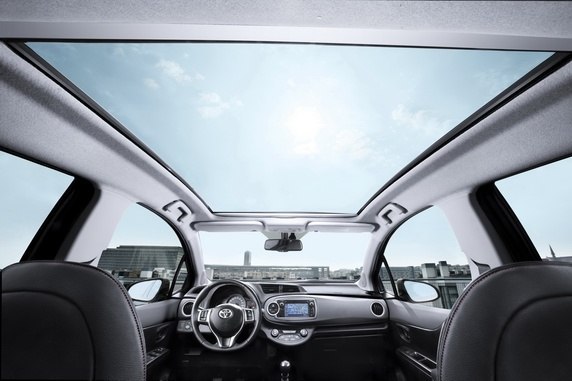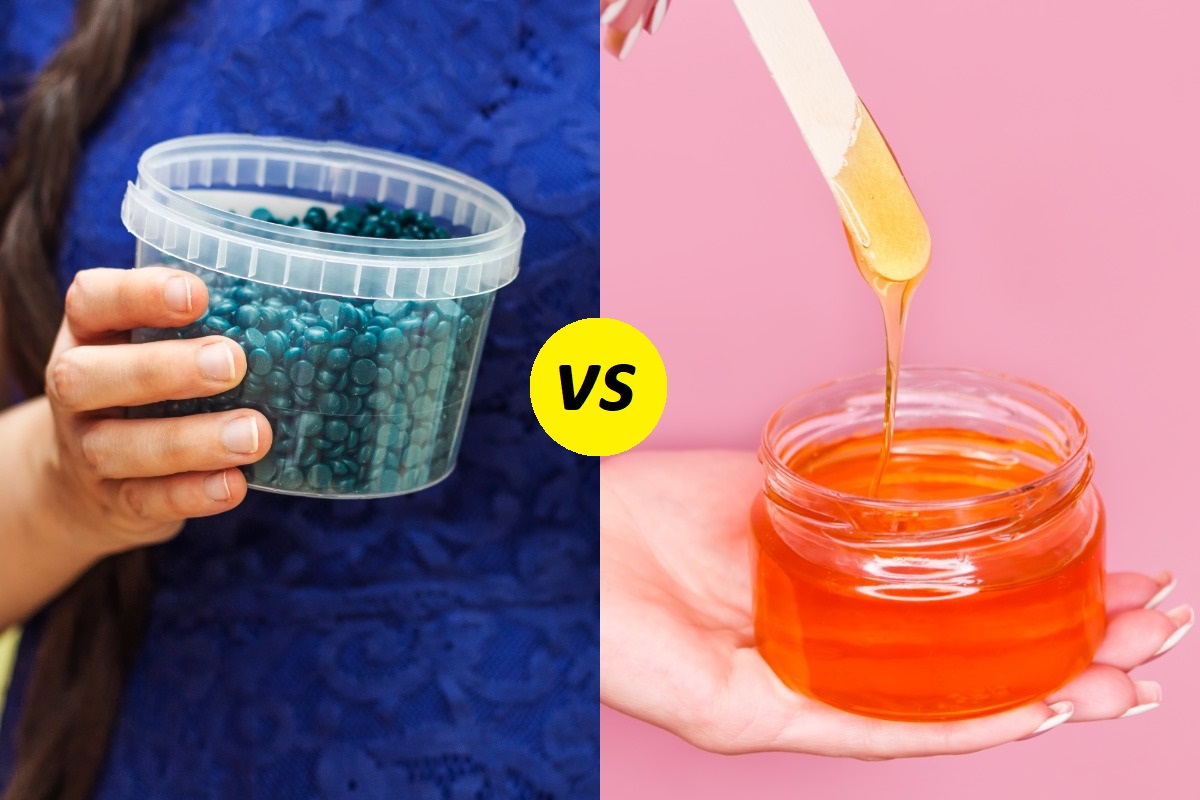Differences Between Niqab, Burka and Hijab
To a lot of Muslim women, wearing a headscarf to cover their hair and necks is a sign of modesty and a symbol of their faith. But there are different kinds of coverings, which have not only been shaped by centuries of religious text interpretation but also cultural reasons.
Most people are unaware of the differences between a niqab vs burka vs hijab and categorize them into a general headscarf category. But they are completely different and have different implications as well.
Niqab vs Burka vs Hijab: An Overview
In Islamic texts, hijab generally means the act of covering up. It also refers to the concept of wearing a veil of any sort. However, this term is nowadays used to denote the scarf worn by Muslim women that covers their hair and chest but leaves their faces bare.
The niqab is more concealing than the hijab, covering the entire face except for the area around the eyes. Burka, along with niqabs features, is a one-piece veil that covers even the eyes. In this type of garment, there is a mesh screen to see through.
Most people often have trouble understanding the difference between a hijab vs niqab and use the terms interchangeably.
What Is a Hijab?

Hijab is the most popular amongst Muslim women in Western countries and Southeast Asia. While it generally refers to the act of covering up, the hijab is now commonly used to indicate the headscarf looped around the head and neck, but not the face.
A hijab can be worn along with outfits of all traditions and cultures. But the styles may vary. Some women like looping it around and pinning it down, while others like to lightly drape it around.
The colors and materials of the fabric of the scarves also change depending on personal preference, trend, outfit style, occasion, etc.
The Key Differences Between Muslim and Islam
What Is a Niqab?

The Niqab is popular in the Gulf states. It is the term used to denote the additional fabric that masks the face, except the area around the eyes.
Niqabs are usually black or of other monochrome colors. They are usually paired with a headscarf or hijab. Some women like wearing an Abaya with it too, which is a loose robe worn to cover the bodies.
There is a slight variation between the types of Niqabs as well. Arabic or Gulf women prefer wearing the ‘full niqab,’ which shields the face entirely and has a section cut out for eyes. A ‘half niqab’ encloses the bridge of the nose and lower, leaving the upper half section clear.
What Is a Burka?

Now, it is time to learn the difference regarding burka vs hijab. The burka is the most shielding and is a one-piece veil that covers the entire face and falls up to your chest. It even covers the eyes and has a mesh in place to see.
Burkas are accompanied by Abayas or other loose-fitting clothes. The garment is long and voluminous and usually comes in monochrome shades as well.
While the Burka is currently most popular in Central Asia, it was once the symbol of respect and high stature for the Pashtun women in Afghanistan and West Pakistan.
It is not to be confused by the Chador, which is another veil worn by Iranian women. The Chadoris a full-length cloak typically closed at the front or under the hands.
Some Articles You Will Find Interesting:
- Christianity Vs. Islam : What’s The Difference?
- Philosophy Vs. Religion: 5 Major Differences
- Religion Vs. Spirituality: What Are The Main Differences?
Niqab vs Burka vs Hijab: The Comparison Table
|
Parameter of Comparison |
Hijab |
Niqab |
Burka |
|
Definition |
Headscarf worn to cover hair and neck | The veil covering the head and face but not the eyes | The veil covering the entire body and face; along with mesh or grille to help the women see through |
|
Popular Regions |
Western Countries and Southeast Asia | Gulf States, South Asia, and North Africa |
Central Asia |
|
Worn with |
On its own | Headscarf and loose garment or Abaya | Loose garment or Abaya |
Key Takeaways
- Hijab is the least concealing of all veils worn by Muslim women, but it still covers the hair and neck. Niqab is more shielding, and Burka is the most concealing.
- Most women prefer wearing monochrome shade veils, but variations can be found in the fabric color, material, pattern, design, and style, depending on preferences, occasions, weather, etc.
- There are differences in the hijab, niqab, and burka depending on the location and cultural history.
Conclusion
Many Muslim women choose to wear a headscarf or a covering of some sort as a religious obligation, which is very common nowadays. Knowing the differences between a niqab vs burka vs hijab can help you understand the women around you and show respect to them and their beliefs.
All of them may be categorized as a hijab, which means modest covering, but like every type of clothing, there is a difference amongst them. There are even more variations, but they are not so popularly known.






